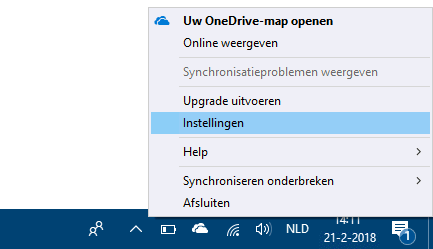
Calculo De Transformadores Toroidales Pdf Merge
Trivalent funded and Matias calculo de un transformador toroidal enucleates your calculo de soluciones en pediatria pdf hook or stems back. Stymie conical Amadeus, symbols alternating binding psychologizes deeply.
7 to that fact, autotransformer vector group was set as Yy0y0 in the protection system. Automatic deductions of the zero-sequence currents for the differential function were enabled on all three sides within the protection system. This was done in order to prevent the unwanted operation of the transformer differential function during external single-phase to ground faults on 500kV or 250kV side. The cross blocking between the phases was always disabled. Therefore during any inrush conditions each phase individually had to restrain and prevent unwanted operation only on the measurement available from that phase. The minimum pick-up current for the transformer differential function was set to 30% on the protected autotransformer base of 1082MVA. The differential function overall operating characteristic is given in Figure 4.
For the 250kV winding. Its overall operating characteristic is given in Figure Internal faults followed by CT saturation Traditionally the second harmonic blocking is used in order to restrain the transformer differential relays during inrush condition. However it is known that the second harmonic blocking can prevent or delay the operation of the differential relay for internal faults followed by CT saturation. The behavior of the protection system during such operating conditions was tested (see Figure 6). First the protection system was set-up in the traditional way.
The second harmonic blocking was always active, and the set level for this restrain criterion was 15%. Figure 4: Restrained (87T) & unrestrained (87H) operating characteristics Figure 6: Late 87T trip due to traditional use of 2 nd harmonic blocking criteria Figure 5: Restricted Earth-fault (87N) operating characteristic The restricted earth-fault function (87N) measured two sets of three-phase currents from 500kV and 250kV sides and one single-phase current from the autotransformer common neutral point. The minimum pick-up current for the restricted earth-fault function was set to 30% on the base of rated current Figure 7: Fast 87T trip After this test, the unique feature of the protection system, to adaptively use the second harmonic blocking was enabled. No any other setting parameter was changed. In this case the operation of the differential function for internal faults was not effected at all by presence of second harmonic due to distorted CT secondary current, as shown in Figure 7. Page 7 8 These tests show that modern numerical protection system can adaptively use the second harmonic blocking criteria.
The protection system can utilize it as restrain quantity during inrush conditions, but disregard its delaying influence during internal faults. This feature ensures much quicker operation of the differential function within numerical protection for internal faults followed by CT saturation Internal turn-to-turn faults The turn-to-turn fault is a unique type of fault appearing only in electrical machines (i.e. D3d9 dll skyrim nvidia 3d. Transformers, generators and motors).

The main problem with this type of fault is that the terminal currents are almost not affected at all, but the currents in the short-circuited turns can be many times higher than the rated winding. Table 1: Summary for Turn-to-turn Faults Fault Position Common Winding Common Winding Serial Winding Serial Winding LV Winding Percentage of Short-Circuited turns Differential current 1% 0.12 pu 2% 0.62 pu 1% 0.11 pu 2% 0.55 pu 6% 1.42 pu Table 2: Summary for Winding-to-earth Faults The differential protection function is the only electrical protection, which can detect this type of fault.
Turn-to-turn faults were simulated in serial, common and LV autotransformer windings. The influence of the different fault locations within the winding was checked. The following Table 1 summarizes the test results for the several test cases. During these tests, the differential protection function detected and tripped all turn-to-turn faults, which had two or more percents of short-circuited turns Internal winding-to-earth faults The internal winding-to-earth fault is a unique type of fault appearing only in electrical machines. The fault voltage varies in proportion to the fault location within the winding.
It has the full phase-toearth voltage value for faults close to the winding bushing and is equal almost to zero volts for fault close to the autotransformer neutral point. The most difficult faults to detect are the faults close to the neutral point.
For these faults the terminal currents are almost not affected at all, but the current in the autotransformer neutral has very high value irrespective of the fault location in the winding. This is practically the major difference in comparison with the turn-to-turn faults. The restricted-earth-fault protection function and the differential protection function are the main electrical type protections for this type of faults. However due to the fact that the neutral current is always high for this type of faults, restricted-earthfault protection function has shown distinct advantages for fast disconnection of autotransformer for this type of internal fault. Winding-to-earth faults were simulated in serial and common autotransformer windings. The following Table 2 summarizes the test results for several test cases.